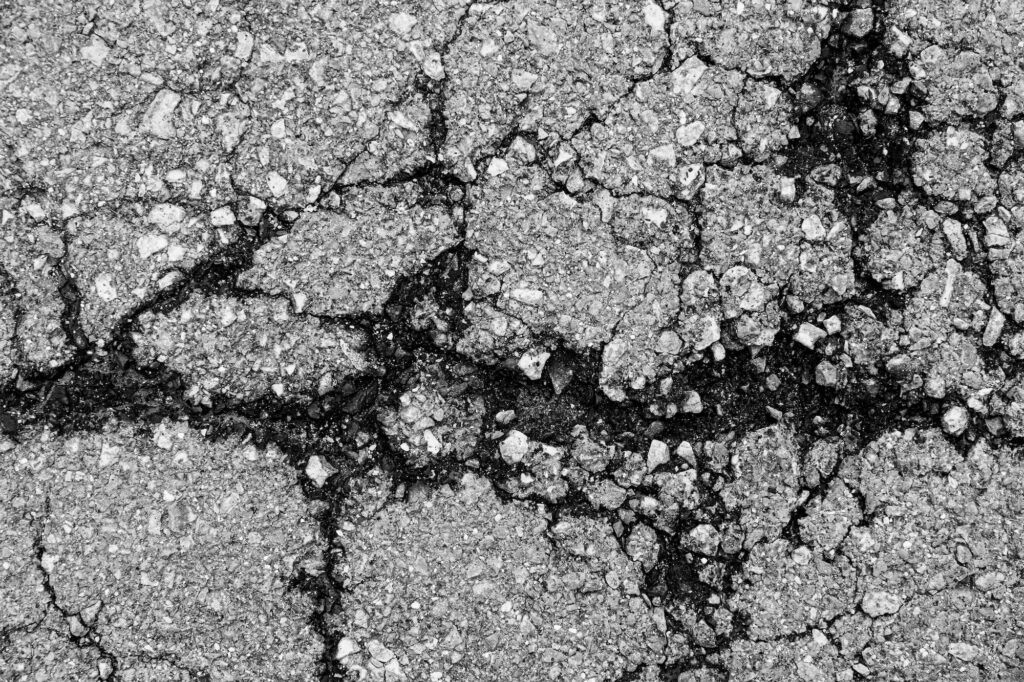If you’re a property or business owner, then you know the importance of sealcoating your asphalt surfaces. Not only does sealcoating protect your surface from weathering and UV damage, but it also helps to prevent common issues like cracking and fading. However, sealcoating can be tricky – if it’s not done properly, you can end up with some major problems. In this blog post, we’ll discuss some of the most common sealcoating issues and how to avoid them. We’ll also talk about why it’s important to trust the professionals when it comes to sealcoating your asphalt.
Common Sealcoating Issues
There’s a reason that we say you should leave your sealcoating to the professionsals and it’s because of all of the issues that can occur throughout the process.
One of the most common sealcoating issues is bubbles. Bubbles occur when there’s not enough sealer on the surface or when the sealer isn’t properly mixed. If you see bubbles after sealcoating, it’s important to address the issue as soon as possible. Otherwise, your surface will be more susceptible to cracking and other damage. Take a look at some of the other common sealcoating issues that can occur.
Failing to Repair Cracks and Breaks
Before sealcoating, it’s crucial to repair any cracks or breaks in your surface. Otherwise, sealant will seep into these cracks and breaks, which can cause more damage down the road. The professionals will always inspect your surface for any cracks or breaks before sealcoating so that they can be properly repaired.

Making Your Choice Based on Cost Instead of Quality
When sealcoating your surface, it’s important to choose a sealer that is high quality and will last. Some property owners make the mistake of choosing their sealer based on cost instead of quality. This is a big mistake because it can lead to sealer that doesn’t protect your surface as well as it should or that doesn’t last as long. In the end, you’ll end up spending more money on sealcoating in the long run.
Not Paying Attention to the Weather
The weather can have a big impact on sealcoating. If it’s too hot or too cold, the sealer won’t adhere to your surface properly. This can cause issues like bubbling and peeling. For this reason, it’s important to pay attention to the weather forecast before sealcoating your surface.
Adding Your Sealcoat Too Soon
After sealcoating your surface, you need to give it time to cure. This is usually around 24 hours. However, some property owners make the mistake of adding their sealcoat too soon. This can cause the sealer to peel and flake off.
Problems with Bonding
Trouble with bonding is probably one of the most common sealcoating issues. These issues occur when the sealer doesn’t adhere to the surface properly. This can be caused by a number of things, including not preparing the surface correctly before sealcoating or using the wrong type of sealer.
Not Prepping Your Pavement
You can’t just sealcoat your surface without preparing it first. This is a common mistake that property owners make. You need to power wash your surface and remove any dirt, debris, or oil before sealcoating. Otherwise, the sealer won’t adhere properly.
Hiring an Inexperienced Contractor
When sealcoating your surface, it’s important to hire a contractor that is experienced and has a good reputation. Otherwise, you could end up with an inexperienced seal coater who doesn’t know what they’re doing. This can lead to all sorts of problems, including poor quality sealer, uneven coverage, and more.
Let Sealcoating 2.0 Help You Avoid These Issues
Sealcoating is an important process for protecting your asphalt surface. However, there are a number of common sealcoating issues that can occur. These include bubbles, failing to repair cracks and breaks, and not paying attention to the weather. Luckily, you can avoid these sealcoating issues by working with the professionals at Sealcoating 2.0. We have the experience and knowledge necessary to properly seal your surface and protect it from the elements. Contact us today to learn more about our sealcoating services!
